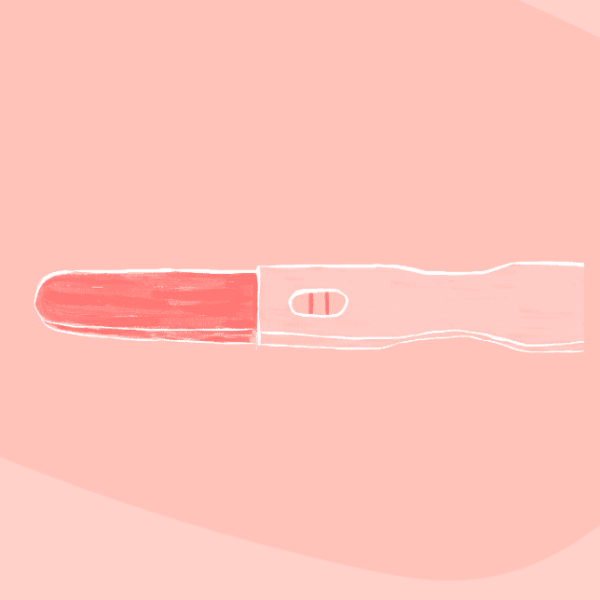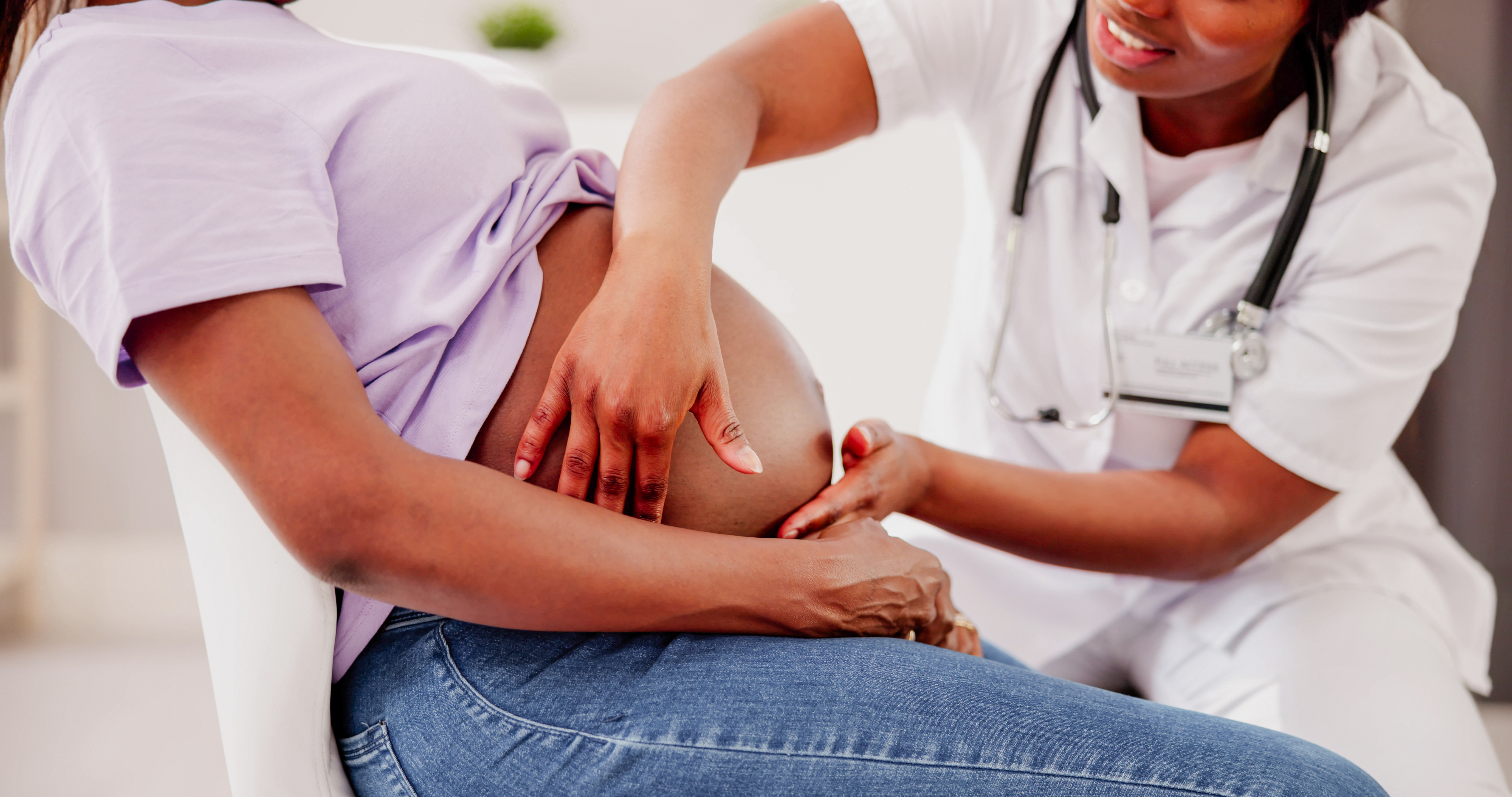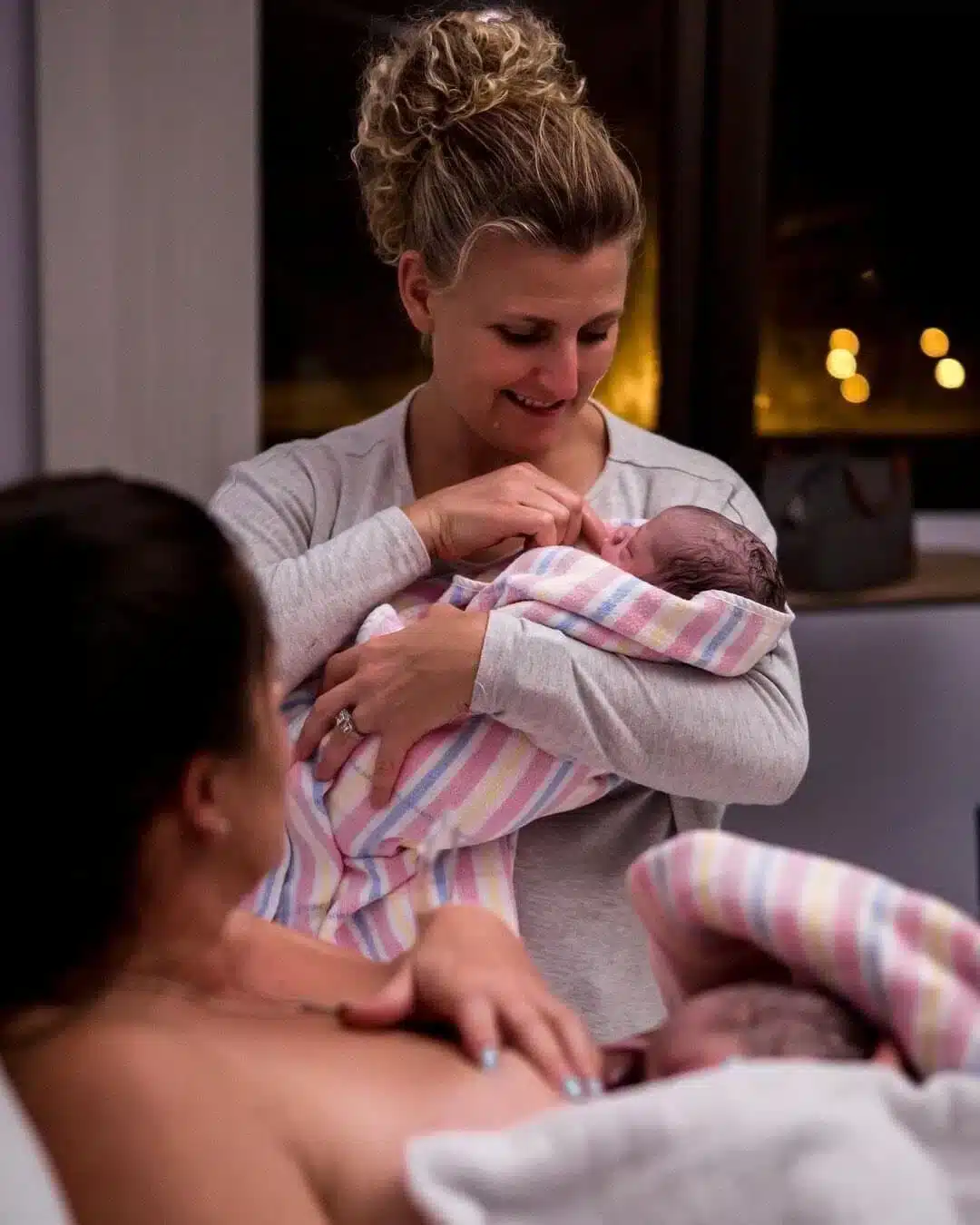Pregnancy What is an Ectopic Pregnancy
What is an Ectopic Pregnancy
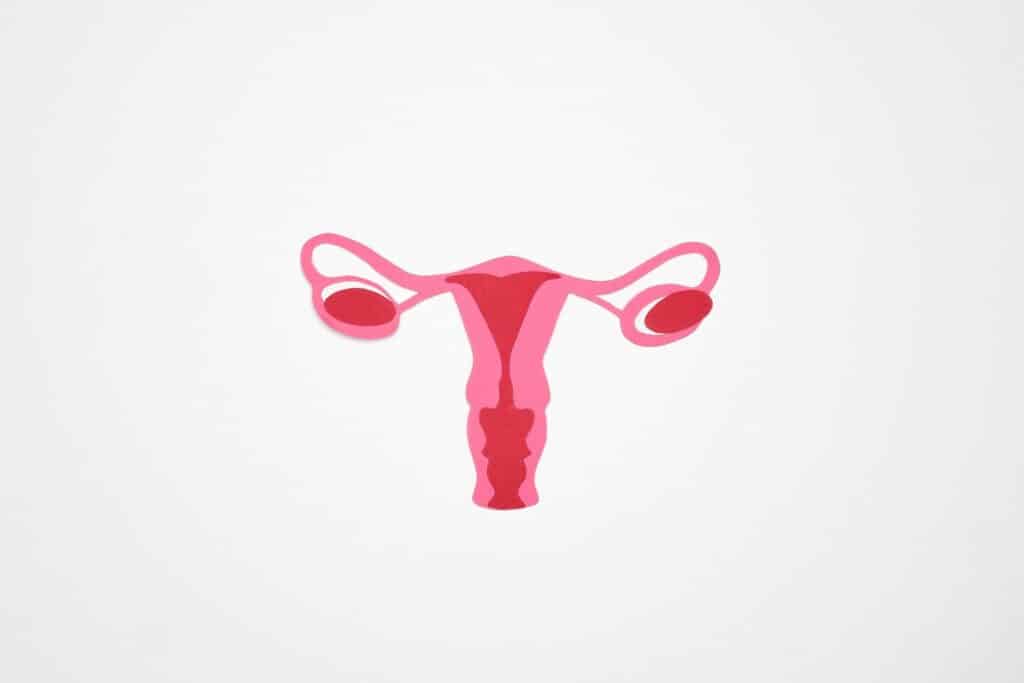
Ectopic means out of place, hence an ectopic pregnancy is one that develops outside the womb. Most ectopic pregnancies occur in the fallopian tube and can occasionally occur in the ovary
What is an ectopic pregnancy?
About one or two in every one hundred pregnancies are ectopic and they can be life-threatening. It’s common for conception to occur in the fallopian tube before the fertilised egg makes its way to the womb. Once there, it implants, attaching itself to the womb lining and that is where it usually continues to grow and develop. In an ectopic pregnancy, the embryo implants in the fallopian tube and continues to grow, despite the fact that there isn’t adequate blood supply or space to expand. This is called a tubal ectopic or tubal pregnancy and it’s not viable.
In rare cases (3 to 5% of ectopic pregnancies) the pregnancy implants somewhere other than the tube, including the neck of the cervix, on the ovary, in the abdomen or it can attach to a previous caesarean scar. Sometimes there aren’t any obvious signs of an ectopic pregnancy. Alternatively, your symptoms may easily be mistaken for something else; a tummy bug, irritable bowel syndrome or appendicitis.
Why do ectopic pregnancies happen?
In many cases, it’s not clear why a woman has an ectopic pregnancy. Sometimes it happens when there’s a problem with the fallopian tubes, such as them being narrow or blocked. Risk factors that can increase your chances of an ectopic pregnancy include:
-
conceiving whilst on contraception (on mini pill or with an IDU)
-
having had previous ectopic pregnancies.
-
history of endometriosis
-
conception aided by fertility drugs or procedures
-
maternal age of 35 years or older
-
history of pelvic surgery, abdominal surgery
-
smoking
-
having structural abnormalities in the fallopian tubes.
It’s important to note that in around half of all cases, there are no obvious risk factors.
Common symptoms include:
-
vaginal bleeding that’s different from a normal period (sometimes more watery)
-
pain low in the abdomen, perhaps just on one side
-
pain in the tips of the shoulders (this happens if there is internal bleeding in your abdomen)
-
diarrhoea and perhaps vomiting; or pain when opening your bowels or passing urine
-
feeling dizzy or faint
How are ectopic pregnancies diagnosed?
In some cases, the pregnancy stops developing and is gradually reabsorbed back into the body, as in an early miscarriage. If the ectopic pregnancy resolves naturally, then no further treatment is needed. However, if the pregnancy continues to grow it will stretch the thin wall of the tube. If untreated, the tube may rupture (burst or tear open) which requires urgent surgical treatment. In most cases, your surgeon will perform a laparoscopy (keyhole surgery) under general anaesthetic. An incision will be made in your abdomen and the embryo will be removed, sometimes with some or all of the fallopian tube.
Treatment for an ectopic pregnancy
If there are no signs of bleeding you may be advised to watch and wait. In this instance, you will be required to have regular checkups to confirm that the ectopic pregnancy is ending naturally. You might be offered this treatment if:
-
you are well (you have a normal pulse and blood pressure and little or no pain)
-
there is no sign on the ultrasound scan that the tube has ruptured
-
your hCG levels are relatively low and during monitoring, these levels continue to fall.
Pregnancy after an ectopic pregnancy
Simone’s Story.
Simone went in to have an early ultrasound in her first pregnancy after she had experienced some spotting at around 6 weeks. Expecting bad news Simone was shocked to hear that she was, in fact, carrying two healthy babies. Several years after the boys were born Simone and her husband decided to try again and Simone suffered an ectopic pregnancy which resulted in her losing one fallopian tube. After this sad experience and after effectively halving her chances of falling pregnant again, Simone was incredibly surprised when she fell pregnant again with another set of identical twins. You can listen to Simone’s interview on the Australian Birth Stories Podcast .
Disclaimer:
Australian Birth Stories does not accept any liability to any person for the information or advice (or use of such information or advice) which is provided on the website or incorporated into it by reference. Australian Birth Stories provide this information on the understanding that all persons accessing it take responsibility for assessing its relevance and accuracy. We encourage you to discuss your health needs with a health practitioner. If you have concerns about your health, you should seek advice from your health care provider or if you require urgent care you should go to the nearest Emergency Dept.
Categories
Related Products
-
Welcome to the First Trimester
11 reviews$67.00An informative and comforting 5-part audio course guiding you through the first 12 weeks of pregnancy.
Get your copy of our Perineal Massage Guide in your inbox
Keep Reading
We think you might enjoy these articles

The Emergency C-Section Checklist You’ll Be Thankful You Had
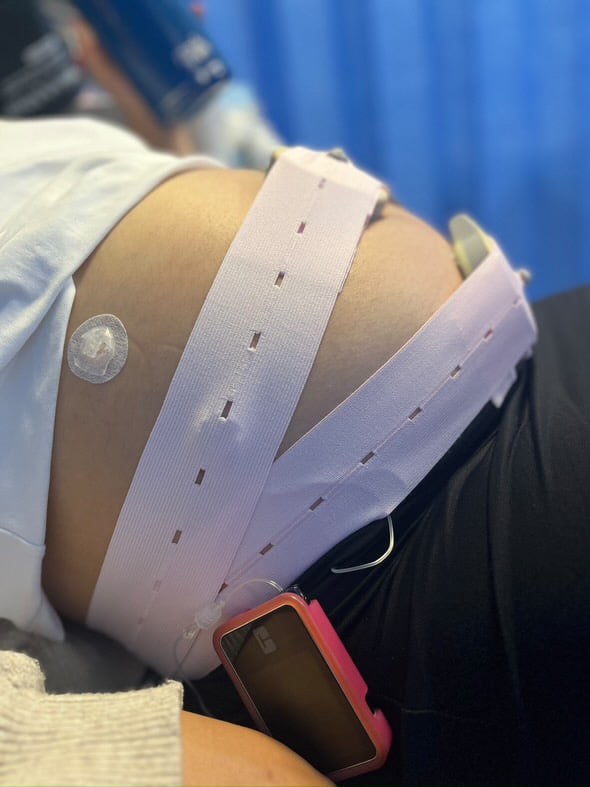
Pre-existing Diabetes and Pregnancy: What You Need to Know

Harnessing the Power of Acupressure: A Natural Approach to Preparing for Birth
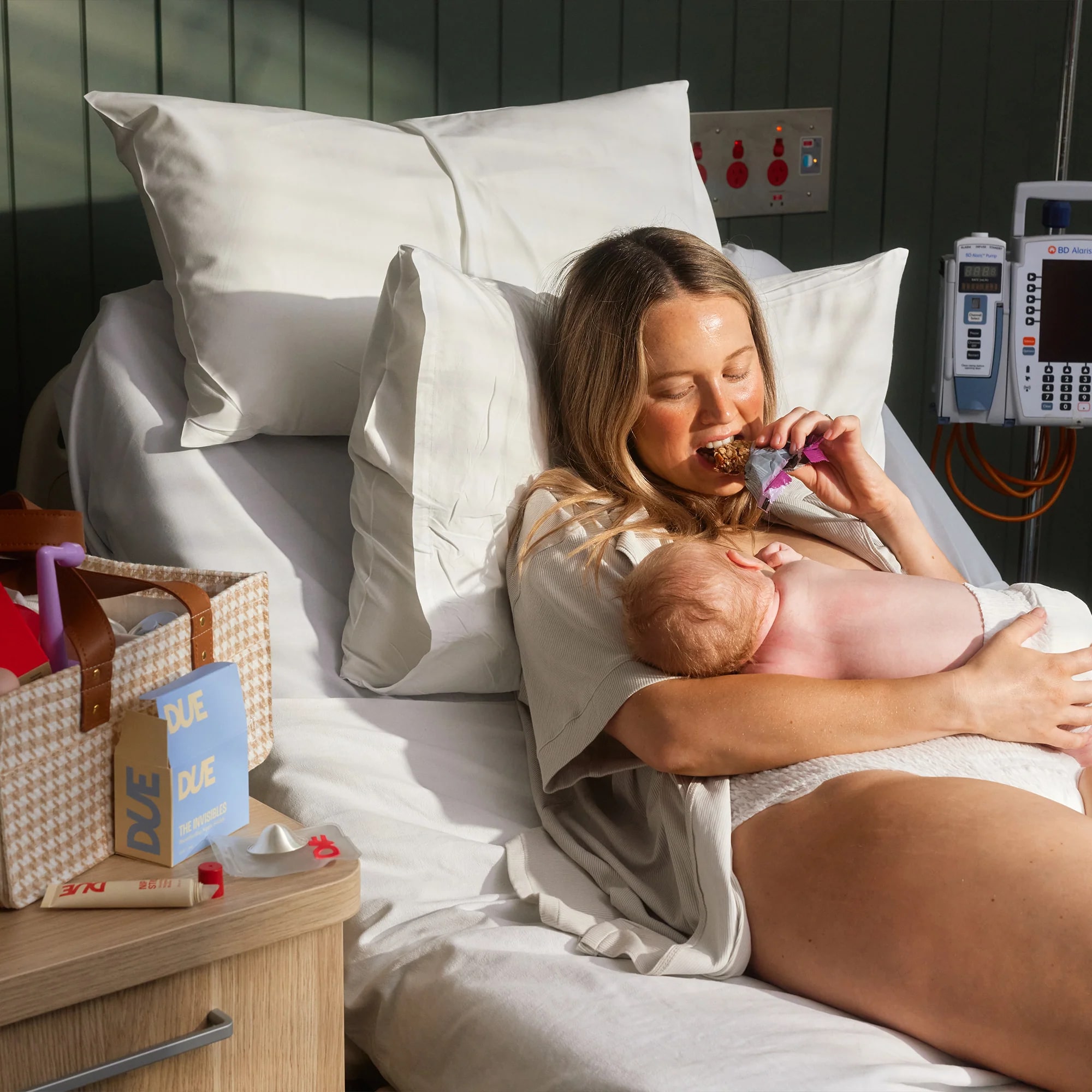
Thoughtful Christmas Gifts for your Pregnant Friend.
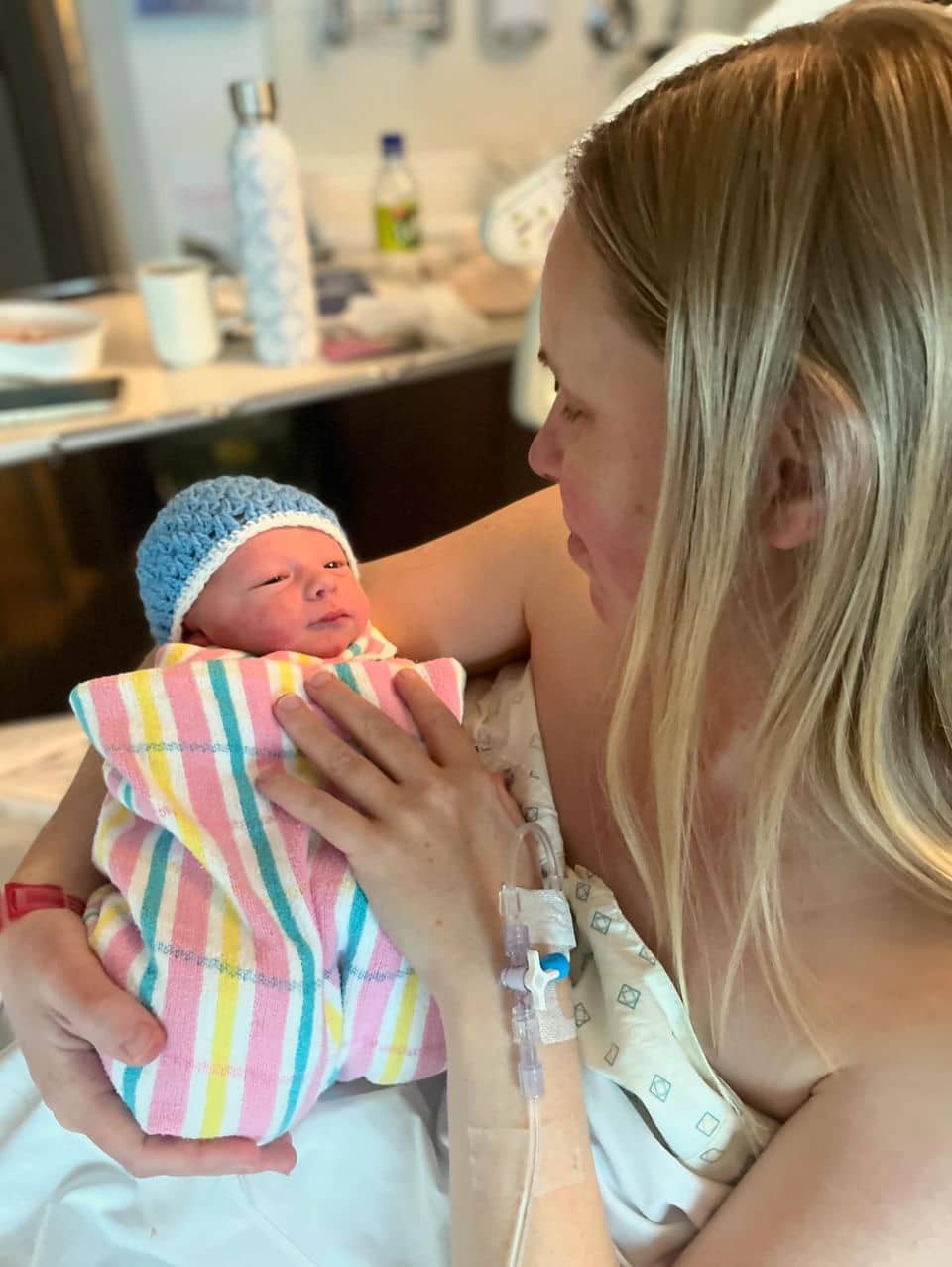
What is Pre-eclampsia?

Non-invasive Prenatal Testing (NIPT)
@AustralianBirthStories
Follow along with us
@AustralianBirthStories
Follow along with us
@AustralianBirthStories
Follow along with us
@AustralianBirthStories
Follow along with us
@AustralianBirthStories
Follow along with us
@AustralianBirthStories
Follow along with us
@AustralianBirthStories
Follow along with us
@AustralianBirthStories
Follow along with us
@AustralianBirthStories
Follow along with us
@AustralianBirthStories
Follow along with us
@AustralianBirthStories
Follow along with us
@AustralianBirthStories
Follow along with us


